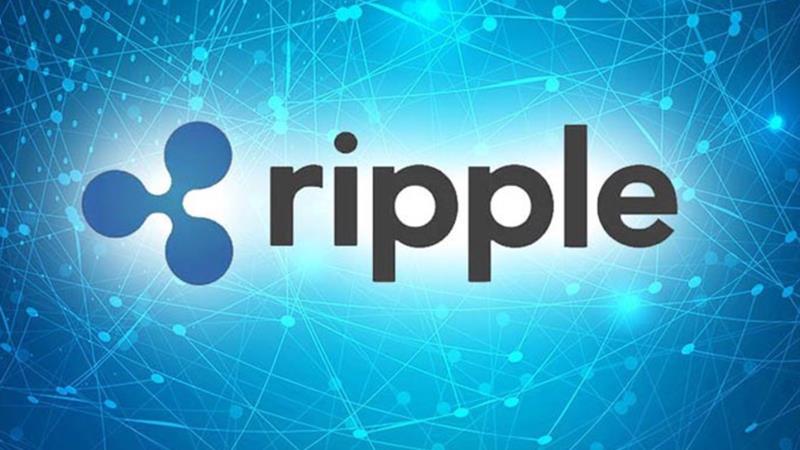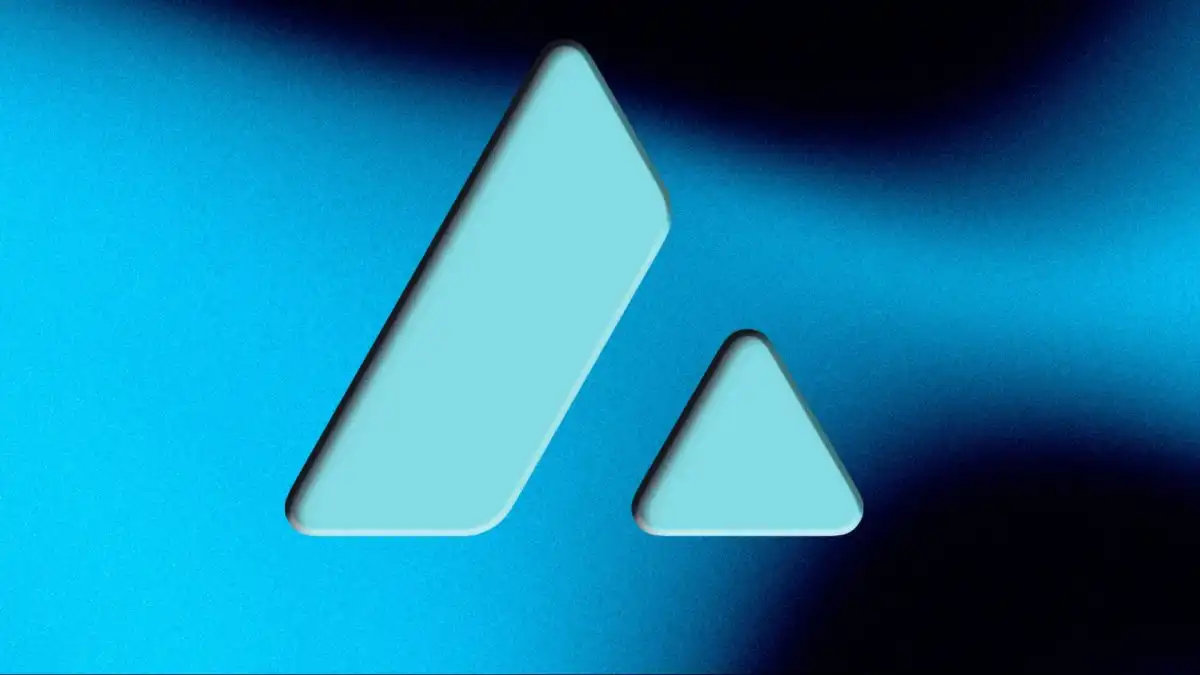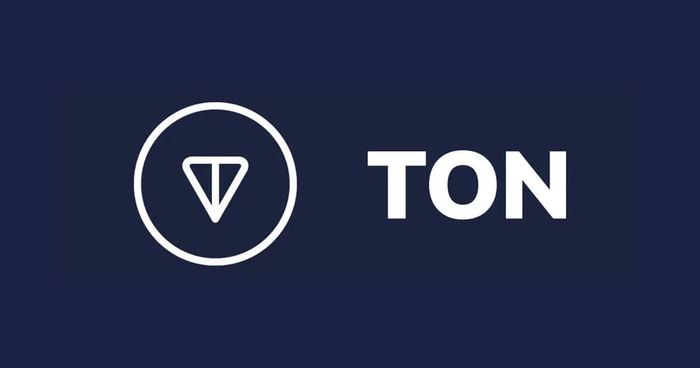- Ripple has announced a Euro-backed stablecoin on the XRP Ledger, in collaboration with SocGen Forge, marking a significant step in the European digital asset space.
- This move highlights Ripple’s growing influence and its commitment to building bank-grade infrastructure for the future of tokenized finance.
Ripple’s vision for the future of finance continues to take shape, with the announcement of a Euro-backed stablecoin on the XRP Ledger. Cassie Craddock, Ripple’s Managing Director for the UK and Europe, confirmed the development during her appearance at the 2025 Paris Blockchain Week. This move further cements Ripple’s growing influence in the European digital asset ecosystem.
Also read: Top Crypto Expert Says XRP and Cardano Are Underrated and Poised for Major Gains
At the heart of this initiative is Société Générale’s digital asset subsidiary, SocGen Forge, which will take the lead in issuing the Euro-backed stablecoin. Craddock highlighted that this partnership represents a major step forward in institutional adoption of blockchain technology across Europe, a trend that has been supercharged by the clarity brought about by the European Union’s Markets in Crypto-Assets (MiCA) regulation.
Ripple’s collaboration with SocGen Forge initially focused on custody solutions but has since evolved into a broader venture involving the issuance of the Euro-CV stablecoin on the XRP Ledger. This strategic expansion positions the XRP Ledger as a key infrastructure provider in the stablecoin space, alongside prominent players like Ethereum. The launch of Ripple’s RLUSD stablecoin on the XRP Ledger also adds to the growing prominence of this network in the digital asset landscape.
Ripple’s infrastructure efforts go beyond stablecoin issuance, with the company continuing to build an end-to-end digital asset ecosystem. This includes providing solutions for payments, custody, and tokenization. According to Craddock, Ripple’s acquisition of advanced custody technology in 2023 was a pivotal move, as custody serves as the gateway to the broader world of digital assets. This infrastructure now allows Ripple to work closely with financial institutions, enabling them to tokenize assets and create new use cases without direct involvement from Ripple itself.
The MiCA regulation has been instrumental in encouraging institutional players to confidently explore blockchain technology. Craddock emphasized that as a result, Ripple is witnessing growing demand for tokenization across various financial products, including money market funds.
While there is still work to be done, Craddock is optimistic about the future, noting that Ripple is creating an ecosystem where both developers and institutions can innovate and push the boundaries of financial services. As the pieces continue to fall into place, Ripple is poised to be at the forefront of the next evolution of the global financial system.




